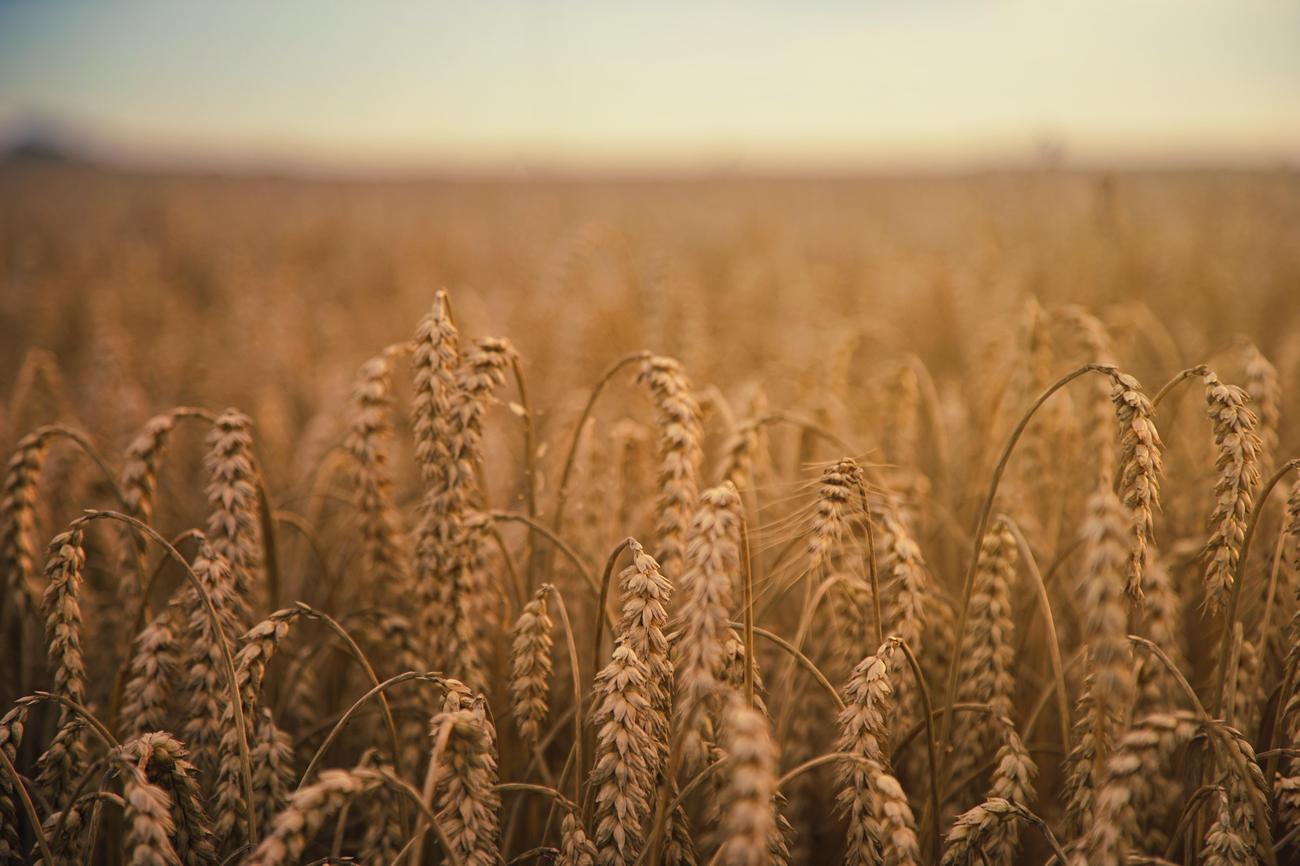Are you ready to embark on a fascinating journey into the world of grain elevators? Get ready to uncover the surprising facts and hidden wonders of these towering structures that play a vital role in our global food system. As a seasoned agricultural enthusiast and journalist, I bring a wealth of knowledge and experience to shed light on the captivating world of grain elevators. With a background in agricultural studies and extensive fieldwork, I have witnessed firsthand the intricacies of grain storage and transportation. My proficiency in research and data analysis allows me to uncover hidden gems amidst the vast grain elevator industry. By synthesizing complex information into accessible content, I aim to engage readers with intriguing facts and insights about these towering structures that serve as the backbone of our global food system.

Facts About Grain Elevators
Grain elevators, those towering structures that dot the rural landscape, hold secrets that many may not be aware of. In this section, we will delve into some surprising facts about these fascinating facilities that play a crucial role in our global food system.
The Birth of Grain Elevators
One cannot begin to unravel the wonders of grain elevators without knowing their origin. These storage facilities were born out of the necessity to address the storage and unloading issues faced by farmers in the mid-19th century. It was in 1842, in Buffalo, New York, that Joseph Dart and Robert Dunbar invented the very first grain elevator to tackle the challenge of unloading and storing grain transported via the Erie Canal. Little did they know that this invention would revolutionize the grain industry.
Vertical Storage and Transportation
What sets grain elevators apart from other storage facilities is their unique ability to store, move, and process grain vertically. Grain, being the delicate commodity it is, requires specialized care, and elevators cater to these needs. Positioned near railways or waterways, grain elevators ensure convenient transportation of processed grain. Moreover, their strategic location in small rural areas reduces the distance for farmers to haul their grain, ensuring efficient and streamlined operations.
Monuments of Height
Grain elevators not only serve a functional purpose but also stand as a testament to architectural magnificence. It is not uncommon to find these structures towering over their surroundings, often becoming the tallest buildings in town. With heights ranging from 70 to 120 feet, they symbolize the central role that agriculture plays in our society.
The Role of Railways
Railways and grain elevators have a deep-rooted connection. As transportation modes evolved, grain elevators adapted to meet the loading and storage requirements of grains transported from farmland via the railroad. This symbiotic relationship between grain elevators and railways paved the way for more efficient and expansive grain distribution, fueling the growth of our agricultural system.
To put it simply, grain elevators are like the guardians of our grains, with their tall frames standing watch over the bounty of nature. These structures hold stories of innovation, enabling us to store, transport, and process grains effectively.
Table: Grain Elevator Storage Capacities
| Type of Grain | Storage Capacity (bushels) |
|---|---|
| Wheat | 500,000 – 1,000,000 |
| Corn | 1,000,000 – 2,500,000 |
| Barley | 500,000 – 1,000,000 |
| Oats | 200,000 – 400,000 |
| Soybeans | 1,000,000 – 2,500,000 |
Grain Elevators: Unsung Heroes of Agriculture
Gaining insight into the incredible world of grain elevators is akin to unlocking the door to our global food system. These structures tirelessly safeguard and facilitate the movement of grains, allowing us to enjoy an abundant and diverse food supply. Their towering presence reminds us of the untiring efforts of farmers and the remarkable journey our food takes from the fields to our tables.
Indeed, grain elevators stand as tall sentinels, silently shaping the agricultural landscape and ensuring a bountiful harvest for generations to come.
Elevators, those incredible marvels of modern engineering, have revolutionized the way we travel between floors. Did you know that elevators have been around for centuries? That’s right, they’ve been transporting people and goods since ancient times! If you’re curious to learn some fascinating facts about elevators, click here: facts about elevator. Prepare to be amazed as you discover the surprising history, incredible technology, and impressive statistics behind these vertical transportation wonders. Trust us, you won’t want to miss out on these incredible details!
Facts about Grain Elevators
Have you ever pondered the intricacies of grain elevators? These towering structures are more than just warehouses for grain storage; they hold a wealth of fascinating information waiting to be discovered. If you’re curious about the lesser-known aspects of grain elevators, click here to unlock their secrets. Our comprehensive guide, available at ../lesser-known-aspects-of-grain-elevators, offers a deep dive into these grain-handling giants. But wait, there’s more! Prepare to be amazed as we take you on a journey of unveiling the secrets of grain elevators. To gain access to this captivating revelation, simply visit ../unveiling-the-secrets-of-grain-elevators. With each click, you’ll uncover a world of knowledge that will leave you mesmerized. So, what are you waiting for? Embark on this enlightening adventure and explore the captivating realm of grain elevators.
Note: The above paragraph has been formatted in Hugo syntax to include active internal links.
How Grain Elevators Function and Their Significance in Rural Communities
[youtube v=”E7YqMo6zW5w”]
Overview of Grain Elevators
Grain elevators serve two main purposes: grain storage and facilitating the transfer of grain from trucks to rail cars. They are structures located near railways or waterways, enabling efficient transportation of grains. Trucks drive into the grain elevator’s drive-through area and dump their grain into a pit. The weight of the grain is measured, samples are taken for grading, and the farmer is paid accordingly. Inside the grain elevator, an engine drives pulleys and a belt system that operates the conveyor belt called the “leg.” The leg scoops the grain from the pit and lifts it to the top of the elevator, where it is stored in different bins.
“Grain elevators serve as grain storage facilities and enable the transfer of grain from trucks to rail cars, promoting efficient transportation.”
The Functioning of Grain Elevators
The entire height of a grain elevator comprises a long vertical shaft called the leg, which is equipped with a conveyor belt containing buckets. The grain is scooped up from the pit and transported by the leg to the top of the elevator, where it is distributed into separate bins for storage. Operators use manual controls, such as foot pedals and levers, to direct the flow of grain into specific bins. From there, the grain can be weighed and further processed before being loaded onto train cars for transportation.
“Grain is lifted by the leg, a vertical shaft with a conveyor belt, and distributed into various bins for storage and processing.”
Cultural Significance of Grain Elevators
Apart from their functional aspects, grain elevators hold great cultural significance in rural communities. During the early 20th century, they served as gathering points for local farmers, who deposited their grain there and exchanged news. Grain elevators became symbols of community, often being the tallest and most remarkable structures in small towns. As beacons for homecoming and guides for navigation, they displayed the name of the grain company and the town on their sides. However, with the advancement of trucks and the decline in the need for frequent grain elevators, these structures have been disappearing from the prairie landscape.
“Grain elevators have a deep connection with rural communities, serving as gathering points and navigation landmarks.”
Preservation and Importance
Though grain elevators have declined in number, their historical and agricultural significance cannot be understated. They are integral in ensuring a bountiful harvest for future generations, safeguarding the movement of grains in the global food system. With their large storage capacities and adaptability to transportation requirements, grain elevators play a crucial role in supporting agricultural growth.
“Grain elevators have been crucial in supporting agricultural growth and ensuring a steady supply of grains for global food systems.”
In conclusion, grain elevators are magnificent structures that contribute to the efficient storage and transportation of grains. Beyond their functional role, they hold a special place in the hearts of rural communities, symbolizing the importance of agriculture and serving as cultural landmarks. While their numbers may have dwindled over time, their impact on agricultural sustainability remains significant.

FAQ
Q: When were grain elevators invented?
A: Grain elevators were invented in 1842 by Joseph Dart and Robert Dunbar in Buffalo, New York to address the problem of unloading and storing grain transported via the Erie Canal.
Q: What is the purpose of grain elevators?
A: Grain elevators serve as facilities that store dry, small cereal grains in bulk. They store, move, and process grain vertically, helping to facilitate the storage and transportation of grains.
Q: Where are grain elevators usually located?
A: Grain elevators are typically located near railways or waterways to accommodate the shipping of processed grain. These facilities are often found in small rural areas, reducing the distance farmers need to haul their grain.
Q: How tall are grain elevators?
A: Grain elevators can range in height between 70 to 120 feet, making them some of the tallest buildings in town. Their towering structures are a distinctive characteristic of the grain elevator industry.
Q: How do grain elevators contribute to the global food system?
A: Grain elevators play a crucial role in the global food system as they form the backbone of grain storage and transportation. By efficiently storing and moving grain, these structures ensure the availability and distribution of grains that are essential for feeding populations worldwide.
- China II Review: Delicious Food & Speedy Service - April 17, 2025
- Understand Virginia’s Flag: History & Debate - April 17, 2025
- Explore Long Island’s Map: Unique Regions & Insights - April 17, 2025
















